
 Photography by John Jackson
Photography by John Jackson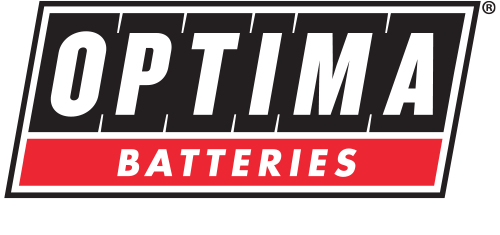

 Photography by John Jackson
Photography by John Jacksonow often have any, or maybe all, of us started in one direction only to make an unsuspecting turn midway through our journey. Such was the case for Mike and Lynn Connor of Tennessee and their 1971 Ford Ranchero.
It was back in 2013 that the Connors were alerted a friend was selling his 1971 Ranchero, piquing Mike’s interest. It seemed like a cool project, so a deal was struck and to its new home went the Ranchero. What was to be a mild-mannered rebuild turned into something more—but that wasn’t the end of the story.
Next up, the unsuspecting “turn” arises mid project. After the suspension and other mods were completed, it was off to the paint shop, which should have been a very happy day. It was at this precise moment that Mike was informed his 1971 Ranchero was “too far gone” for final paint and something else would have to be done. Probably not the most fortuitous time to find out that your pride and joy isn’t paintable and, we might add, not the end of unforeseen “lane changes”! Mike did round up another 1971 Ranchero but now it’s 2015 and two years have gone up in smoke. (We won’t mention the lost time—labor and budget.)
Mike brought both Rancheros home where he relocated parts from one to the other. In what has become a story we hear far too often, the original shop now had control of the second Ranchero with its fresh parts and in 2017 informed Mike that they were closing their doors and, “… to please come and get your car out of our shop. …” Not cool, but what were Mike’s choices? Remember, four years have now passed and Mike still doesn’t have the freshened-up 1971 Ranchero he was hoping to drive around with Lynn.
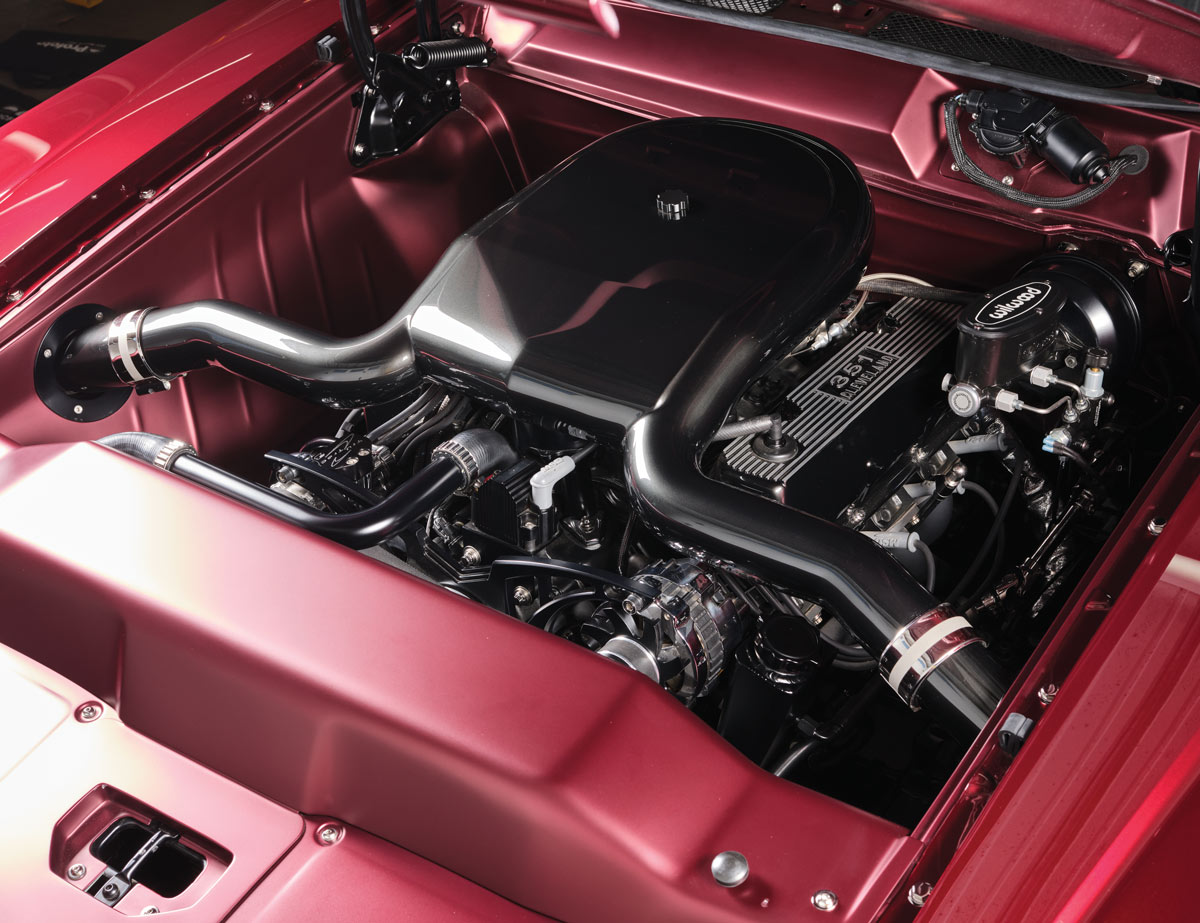
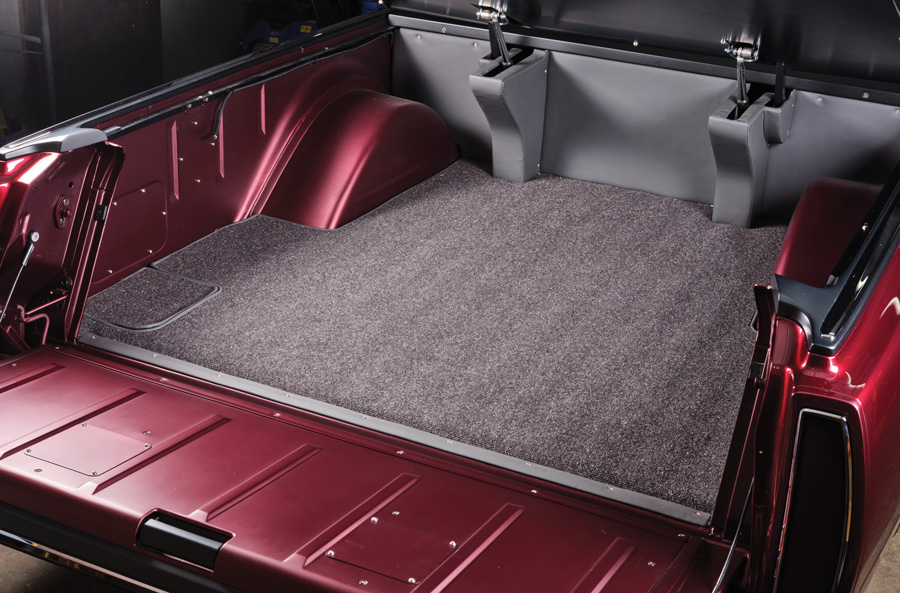
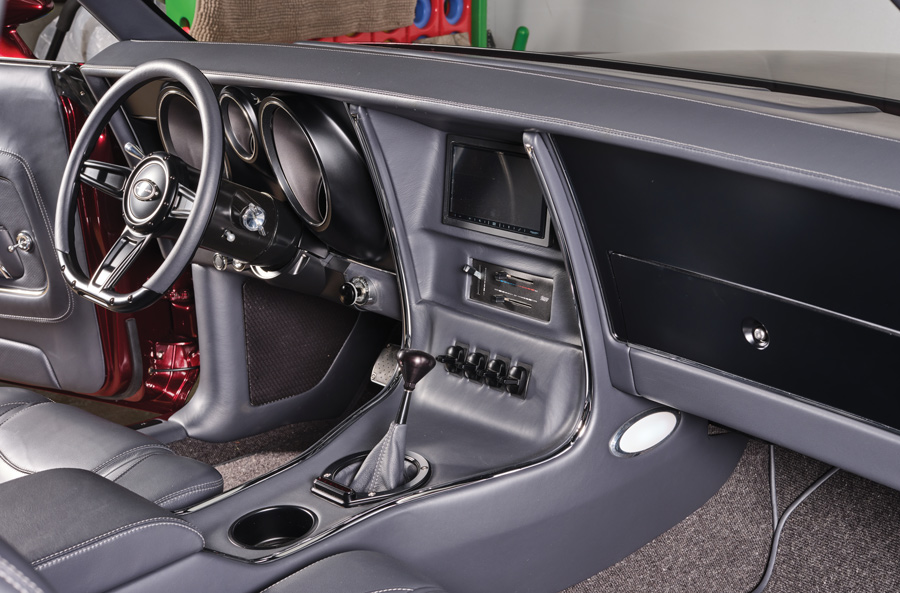

With Kaucher’s “ink to paper” ideas in hand, Borcherding and everyone at Painthouse began at, where else, the front by finishing up a Torino GT-style frontend, complete with hood scoop and hidden headlights. From here the obligatory “tucked” front and rear (with custom license plate position) bumper treatment was initiated, giving it a cleaner appearance.
According to Borcherding rodders might not notice the external trim but it’s most assuredly not stock. Factory trim fits but it doesn’t really fit. Knowing this, Borcherding began the tedious task of making the freshly created trim fit. In back there’s an aluminum bed cover that’s actuated via a remotely operated electric motor. Inside the bed area it’s carpeted with the same interior carpet and it’s painted in a matte finish body color, same as the underhood.

Once these pieces were fitted, they were sent off to Advanced Plating for chrome.
After Painthouse was finished with the never-ending block sanding, the custom-created PPG Deltron basecoat color called Dark Maroondy Pearl was applied. According to Borcherding, it’s a two-stage PPG basecoat/clearcoat, very easy to spray and match. This was followed with six coats of DCU2021 urethane clearcoat shortly followed with lots of wet sanding and polishing with Griot’s Garage Stuff. The engine and bed area are also body color but the matte finish was achieved by applying PPG matte clear (D8115). There’s a wide matte finish stripe on the hood achieved by spraying on more custom-created paint, this time Gray Pearl titled Greyt 8. This color was also used on the bed cover and handmade bedrail moldings, the engine, and transmission. The handmade air cleaner is also painted in the same color but this time finished off in a DCU2021 gloss to give the shiny appearance. On the flipside, PPG epoxy primer was used along with U-POL Raptor Liner and then a satin black PPG finish.
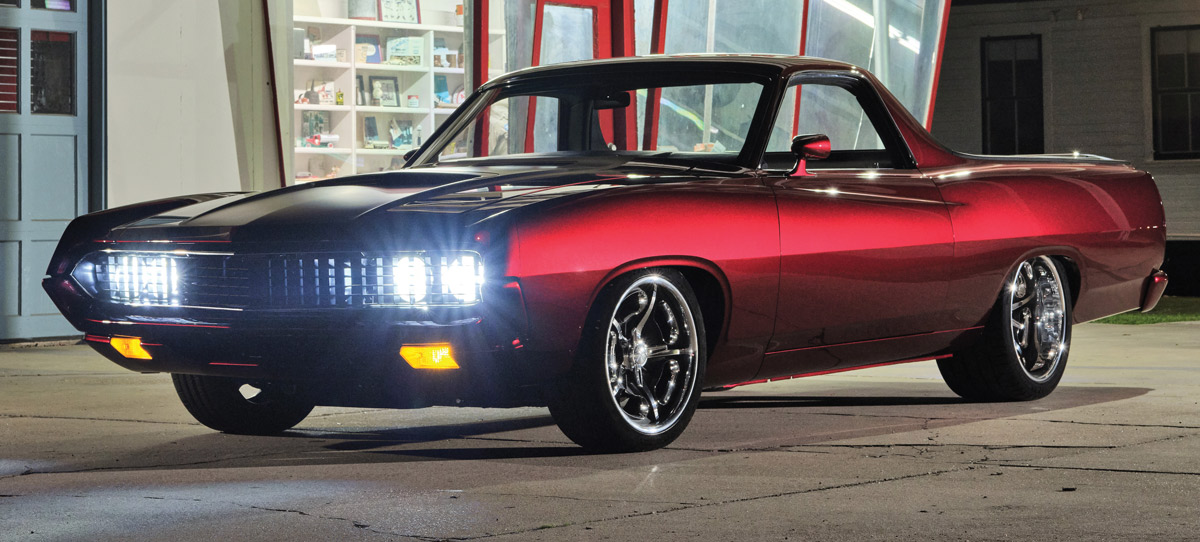
The interior was handled by Van Kooten, owner and craftsman of Stitch by Stitch. Van Kooten covered the interior and custom-made seats in Moore & Giles gray-colored hides. He also made the center console, complete audio, and handmade brass and chrome moldings. A German square-weave carpet was selected (also in the bed area) for use inside. A narrowed 1971 Mustang dash is utilized while the Ranchero cabin is incorporated with a headliner and visors that tuck up along with the hidden sound system. Dakota Digital VHX gauges, an American Autowire Highway 22 Plus system, and a Flaming River steering column with a Billet Specialties leather-wrapped wheel are also deployed. A little closer look and you will see the Classic Auto Air A/C and the March serpentine belt system with a Billet Specialties manifold on the compressor.
The El Ranchero was widely accepted over the past year, which is an accomplishment unto itself given what all of us have gone through. It was awarded Top 12 in the 2020 SEMA Battle of the Builders competition and finishing as one of the Top 3 Trucks. In 2021, the Connors hope to compete and do well in the Goodguys Truck of the Year (Late) pick. Time will tell but we believe this 1971 Ford Ranchero will be a hard one to beat.